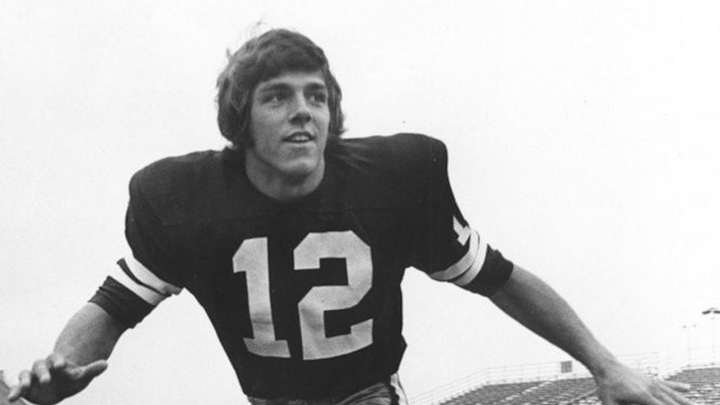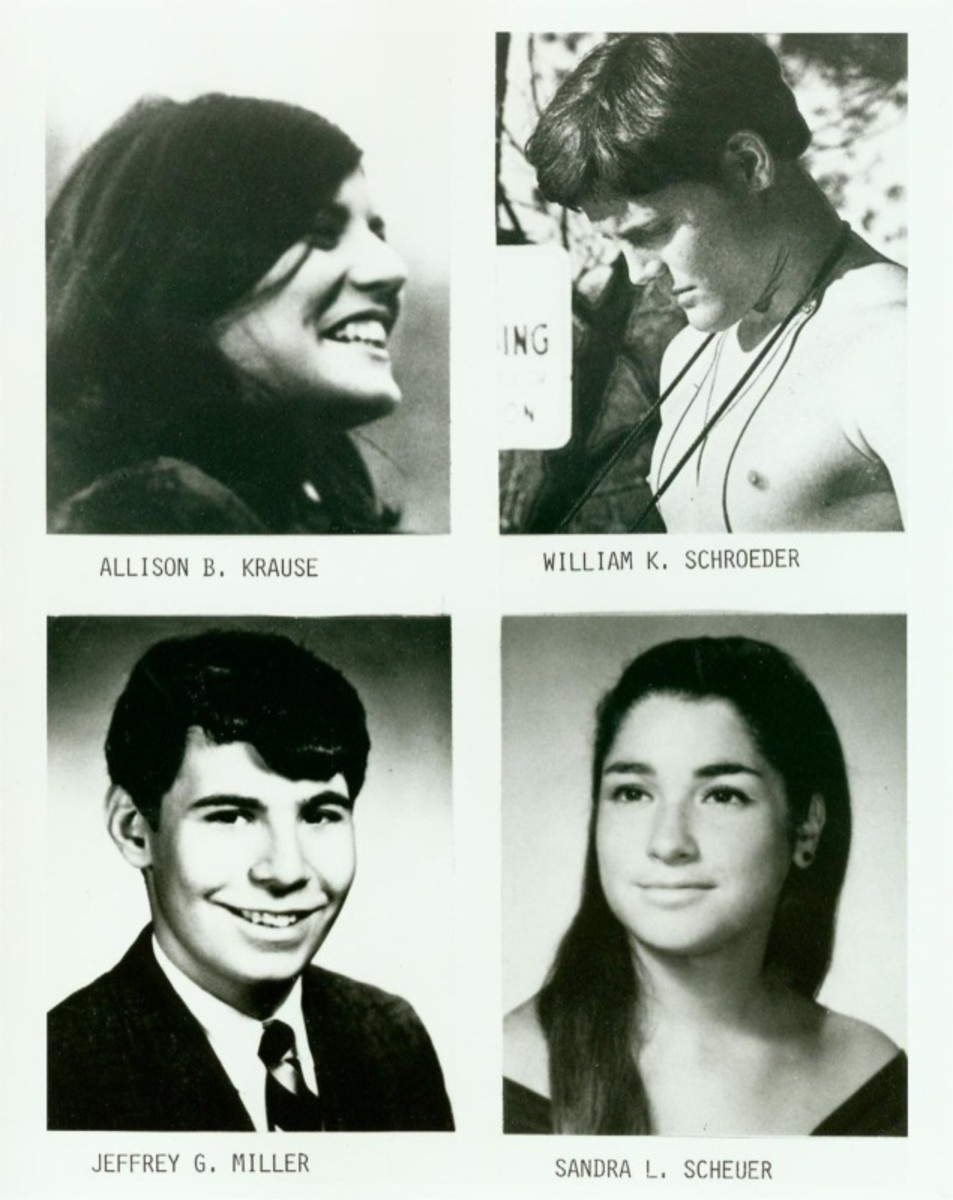Daily Dose Of Crimson Tide: Nick Saban And 'Four Dead In Ohio'

Alabama fans who didn't see Nick Saban's statement about the nationwide protests over the weekend may want to go back and check it out because the coach has an interesting perspective on the situation.
Both a coal-mining explosion that killed 78 people on Nov. 20, 1968, and the Kent State shootings gave Nick Saban early experience in how to deal with life-changing tragedy.
However, while the mine accident known as the Farmington Mine Disaster in West Virginia occurred a few miles away, in 1970 the 18-year-old narrowly missed witnessing the National Guard opening fire on protesters, killing four and injuring nine.
“A real tragedy, probably one of the biggest tragedies that I’ve experienced in my life,” he said years ago while reflecting on the 40-year anniversary.
“It would hard for young people today to understand that time, the changes that were going on, the demonstrations, the way people were speaking out against things,” he added.
That includes the Vietnam War, the draft, or how the lyric “Four Dead in Ohio” helped turn a Crosby, Stills, Nash and Young song into an anthem.
It began with a small demonstration Friday, May 1, 1970, when roughly 500 people gathered on campus and participated in what turned into a heated protest over President Richard Nixon's announcement to invade Cambodia. A copy of the U.S. Constitution was burned, along with a student's draft card. When it finally dispersed, organizers called for another rally on Monday, May 4.
Things escalated over the weekend, beginning with downtown rioting late Friday night, and after a state of emergency was declared an Ohio National Guard unit, made up primarily of those roughly the same ages as the students, arrived Saturday just in time to see the school's ROTC building on fire. Many of those who attempted to stop the blaze were attacked.
Although martial law was declared Sunday, there was a protest, but even the students could feel a confrontation building toward Monday's noon rally.
Saban, who was 18 years old, had class at 11 a.m., and afterward decided to eat with a teammate before seeing what was going on. He missed the National Guard advancing, firing tear gas, and eventually discharging their weapons, reportedly 67 rounds over a period of 13 seconds.
"I was more interested in having lunch than going there first or I'd have been there," he said.
Among the dead was Allison Krause, a student in Saban's English class who took three bullets to the back, along with two students who just happened to be walking by.

While the shocked outcry led to a nationwide student strike and mass protests, two more students were killed 10 days later in similar circumstances at Jackson State.
“It made people very aware of the Vietnam War and maybe it was a step in the direction of getting out of the Vietnam War, but it’s a shame that we had a tragedy like that,” Saban said.
Don James took over the football program in 1971 and a year later Saban won his first collegiate championship when his team finished atop the Mid-American Conference. Coming off the tragedy, the football team's turnaround and landing a spot in the 1972 Tangerine Bowl helped unite the students.
“I had a great experience at Kent State,” he said. “I had a lot of great teachers, people that influenced me and impacted my life. My college coach Don James was fantastic in that regard and I wouldn’t be a coach today if it wasn’t for him.”
But the deaths still weigh daily on the coach.
Especially May 4.
“I think it sends a message to everybody that there are consequences to certain behaviors,” he said. “If you don’t want to deal with those consequences you better make good choices and decisions of what you do and what you don’t do so you don’t have to deal with them.”
Last month was the 50th anniversary of the Kent State massacre.
— Alabama Football (@AlabamaFTBL) May 31, 2020
Some of this post originated from "Nick Saban vs. College Football," published by Triumph Books
